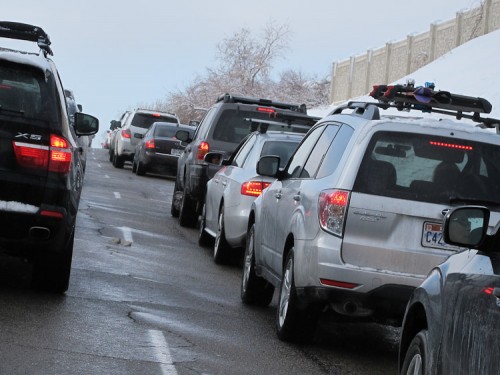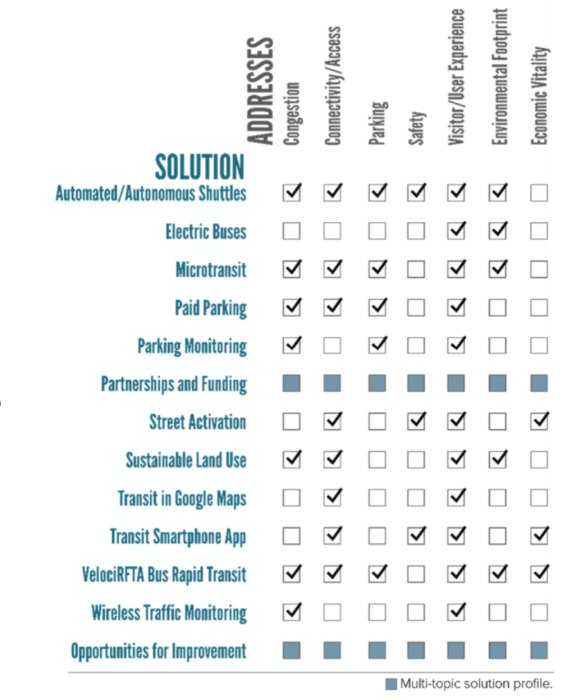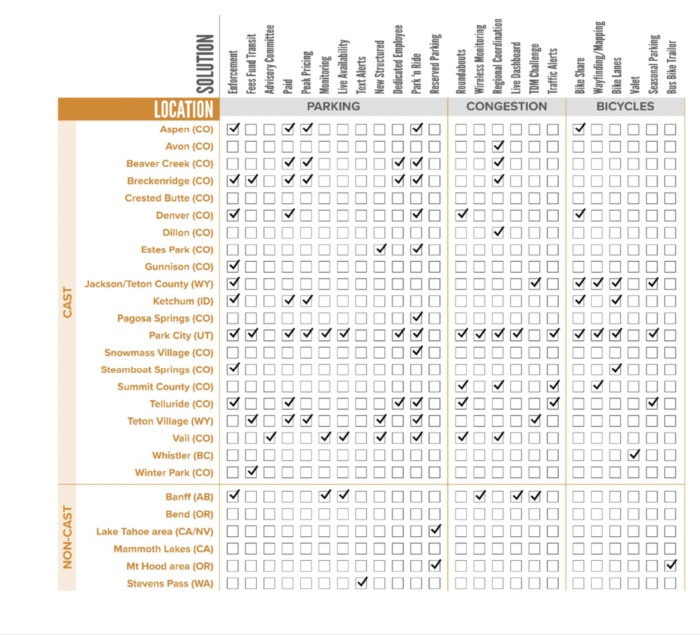
The Colorado Association of Ski Towns has highlighted the pros and cons of alternative transportation methods to increase sustainability and help alleviate tourism congestion. According to Summit Daily, a new report released in August of 2018 by the Colorado Association of Ski Towns (CAST) examined eleven different methods of dealing with high inflows of visitors to ski destinations. The goal of the project was to show what some of the pros and cons are the various systems in place to help with high visitor flows and how these solutions are meeting higher sustainability goals. CAST is a non-profit organization that encompasses 40 ski town communities that hail from Colorado, Wyoming, Utah, Idaho, and British Columbia.
“We worked to highlight multi-modal solutions across a wide spectrum of topics while also keeping in mind the needs and interest of CAST communities. Truth be told, great things are already being implemented in CAST communities, and we hope this report helps spread the knowledge amongst members.” Holly Buck, Principal, Felsburg, Holt & Ullevig.

One particularly interesting area examined was the role of autonomous shuttles. However far-fetched the idea seems, this futuristic fantasy has started to gain traction as manufacturers have started to ramp up operations. One of the biggest problems with autonomous shuttles is the entry cost of not just the vehicle, but the overall system. Vehicles can cost up to $300,000 and you also need to factor in the charging stations and upgraded traffic systems to help the vehicle communicate with its surroundings. Some of the benefits include greater access to transit for mobility challenged individuals, lower emissions, and reduce staffing.

The most important factor highlighted in the article was the paramount nature of town planning. In a lot of regards, things are only as good as their design, and let’s face it, small old mountain towns were never designed to house thousands (sometimes tens of thousands) of people and have millions of visitors each year. The CAST report, citing Banff, Alberta as a stellar example, stated that town planning through street activation is the best proactive step to curb congestion. Street activation includes reconfiguring roads and sidewalks to prioritize pedestrians, making suitable crosswalks, making more bike parking available, create pedestrian-only streets. The effectively encourages people to seek alternative modes of transportation other than driving a car. Ultimately, if you make streets friendly to pedestrians they will want to bike, walk, or use a bus system.